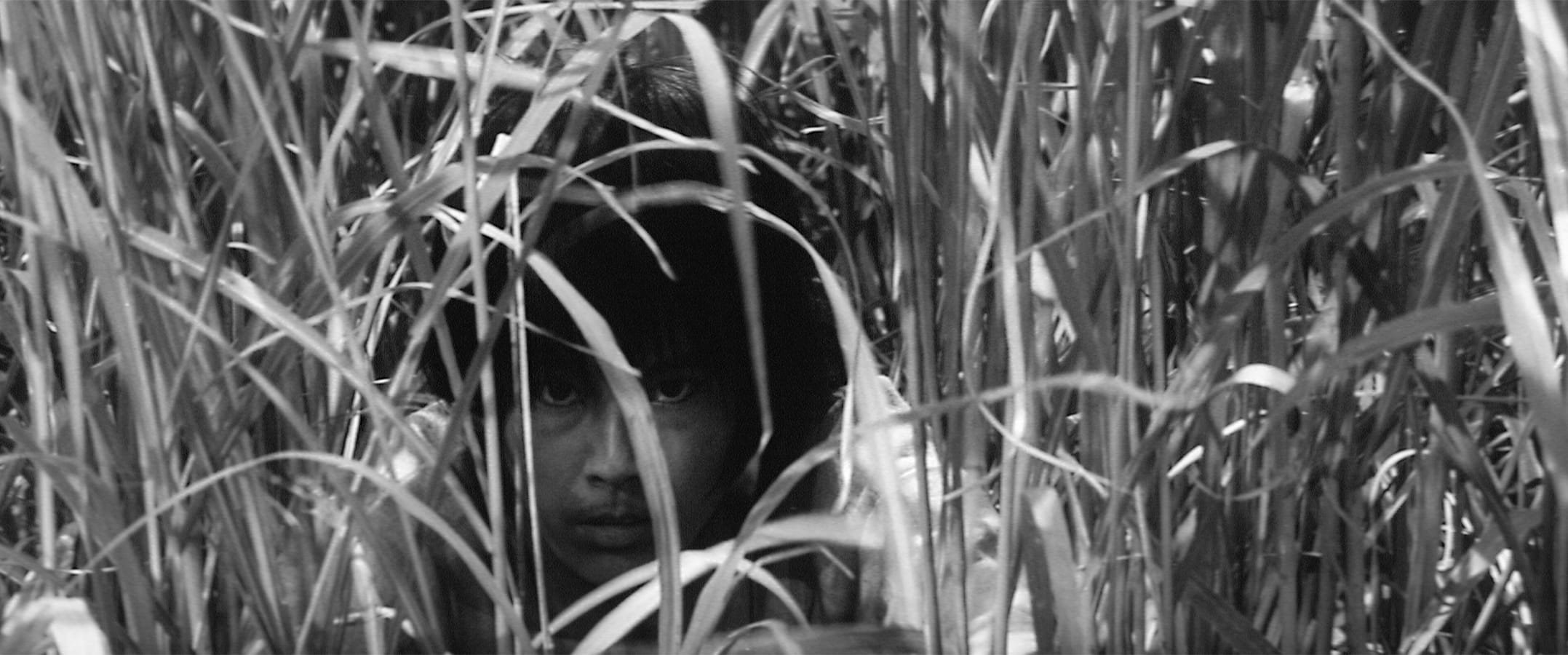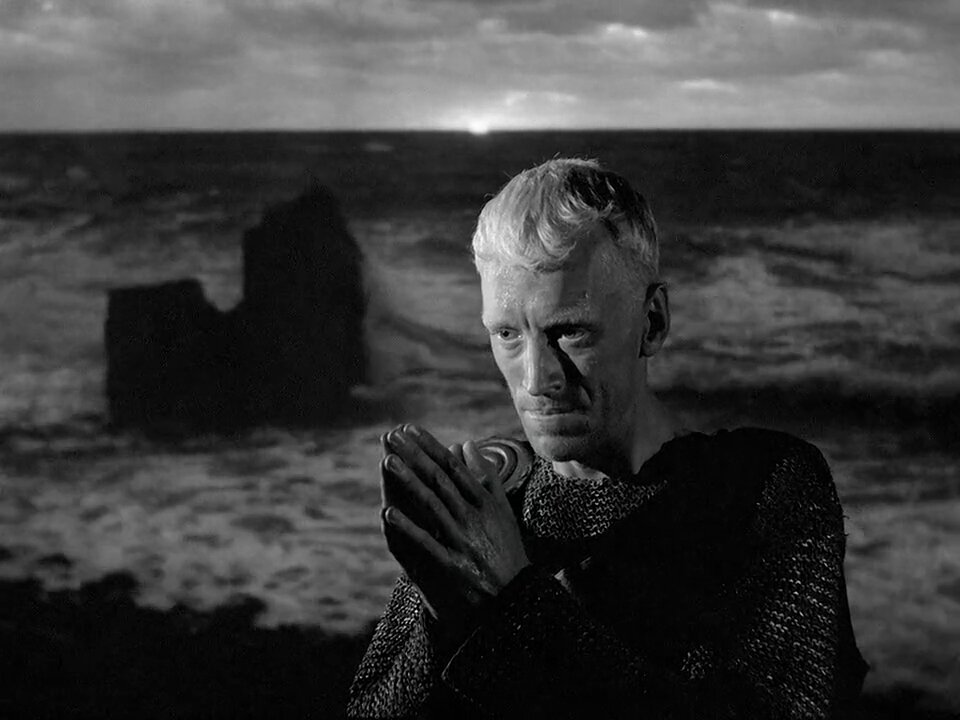I’ve been thinking about the portrayal of family and domesticity in Romero’s Night of the Living Dead and Dawn of the Living Dead films. According to Merriam-Webster, the term “nuclear family” was first coined in 1920s by social anthropologist Bronislaw Malinowski and refers to “the core members of a family, usually parents and children.” Increased industrialization of the 1920s led young people to leave their place at the farm table and move to urban areas in search of employment in factories. As a result, families became small detached “nuclear” units.
By the 1950s marriage and children had become a national agenda item in cold war America. The nuclear family unit became the normative model of family life, and the image of the happy family was powerful propaganda in the effort to show American superiority over communism. The basic tenet of the nuclear family (as envisioned by the conservative white male leadership) was that of a marriage (between a man and woman) that is sacred (monogamous) and with the ultimate purpose of procreation (progeny). Within this framework gender roles were clearly defined. Women were relegated to the home, expected to be submissive to their husbands and attentive to their children, divorce was taboo, adultery was forbidden, abortion unthinkable. The nuclear family was promoted as a stable and satisfying way of life and the pursuit of it was enthusiastically encouraged.
By the end of the 1960s the fragility of the ideal of the nuclear family is uncovered, and the structure begins to crumble as a code of self-expression, self-reliance, and self-fulfillment (rugged individualism) comes to the fore. “The period when the nuclear family flourished was not normal. It was a freakish historical moment when all of society conspired to obscure its essential fragility.” Brooks continues, “Over the past several decades, the decline of the nuclear family has created an epidemic of trauma—millions have been set adrift because what should have been the most loving and secure relationship in their life broke. Slowly, but with increasing frequency, these drifting individuals are coming together to create forged families.” [David Brooks. The Atlantic] Sounds like a zombie flick to me.
In Night of the Living Dead, Romero rather heavy-handedly critiques a range of social stereotypes of femineity in the female characters of the catatonic Barbara, the exasperated wife Helen, the lover Judy, and the matricidal daughter Karen. Romero “disrupts any fixed notions we have about women (in film), as one by one each archetypal female figure and what she represents is annihilated (i.e. “wife/mother,” “virgin,” “good girl,” “daddy’s girl,” and “lover”).” [Natasha Patterson] By the time we get to Dawn of the Dead, Romero gives us one female character to focus on – Fran. She is a successful white career woman who, it turns out is pregnant and unmarried. This character would have been an impossibility in the 1950s. Natasha Patterson again, “In Dawn, once the men find out that Fran is pregnant, there is considerable change in their behavior toward her – a chauvinistic attitude that seems oddly out of place and somewhat ridiculous in light of the circumstances surrounding them. Fran questions the men and thereby patriarchal definitions of femininity, telling the men:
I’m sorry you found out I’m pregnant because I don’t want to be treated any differently than you treat each other … and I’m not going to be den mother for you guys and I want to know what’s going on, and I want to have something to say about the plans. There’s four of us, okay?”
After this scene, Fran further claims her agency by demanding that she be taught how to fly the helicopter and how to shoot a gun. She abandons the antiquated notion that women must look to men for safety and protection and essentially saves herself. “While the interracial coupling is intriguing in light of the racial tensions of the 1970s, what is also notable is the lack of any romantic trappings in this scene. Peter and Fran survive and escape, and whatever affiliation they will form, presumable at some point including Fran’s child, shows no sign of resembling anything like the traditional family.” [Phillips]
Changing notions of domestic space are also explored in George Romero’s films Night of the Living Dead and Dawn of the Dead. The central setting for Night of the Living Dead is a traditional (familiar therefore safe) farmhouse where worn and shabby furniture is dismantled to transform the structure into a fortress that the zombies cannot penetrate. In “The Rise of the New Paradigm”, Kyle William Bishop points out that “The farmhouse itself symbolizes the comforting idea that one’s home is a place of security…”. Bishop continues, “By setting the action in a typical house, Romero is addressing cultural anxieties connected to the American family of the 1960s, emphasizing in particular the breakdown of the nuclear family…”. This is illustrated in interactions between the members of the nuclear family hiding in the basement – the wife is clearly agitated by her husband’s hot-headed attitude as well as his inability to be effective in the face of danger, finally the zombified daughter brutally murders and devours her. It is interesting that all of the protagonist’s die within the structure that they thought would keep them safe. “On one level, there seems a clear message about the failure of the domestic structure fashioned around the nuclear family. The domestic space of the house in Night becomes more a scene of internal strife than any genuine safe-haven, and the one actual family unit that finds itself within the house, the Coopers, paints a fairly grim picture of familial relations.” [Phillips]
The traditional nuclear family and the physical structure that contains it is completely absent in Romero’s following film Dawn of the Dead. In this film, set in a suburban shopping mall, the idea of family and domesticity is portrayed as a tenuous fantasy. While they wait out the zombie epidemic, the “family” of survivors sets up a very fashionable makeshift home including the latest in décor trends scavenged from the department stores at the mall that houses them. The chic furniture stands in sharp contrast to the cardboard boxes that act as barricades and the TV screen that is filled with static. The central characters, initially overjoyed at having access to their every material desire, drift into boredom and malaise once they realize their lives effectively are meaningless and without purpose. They should have gotten married and had some kids!



















